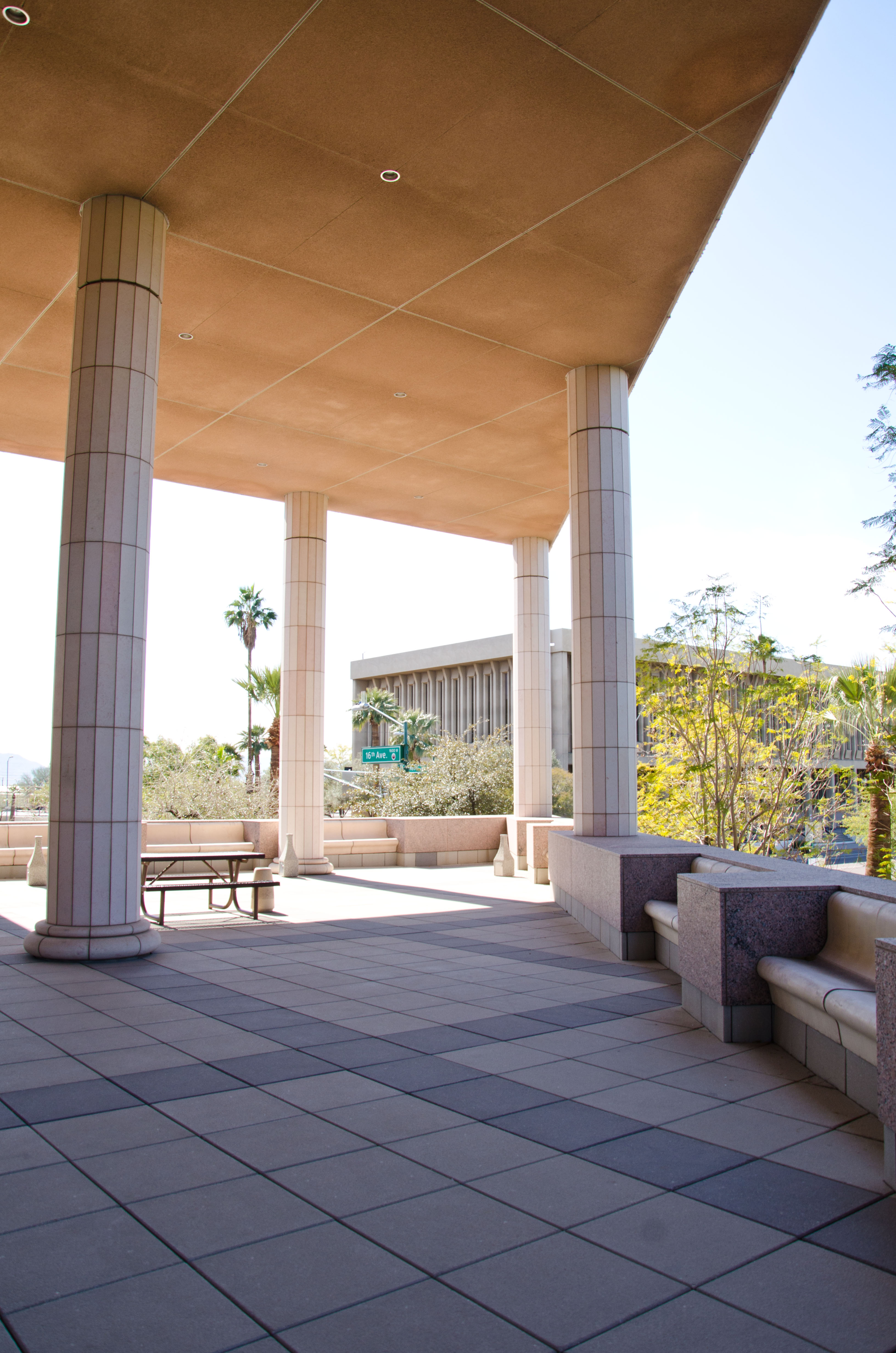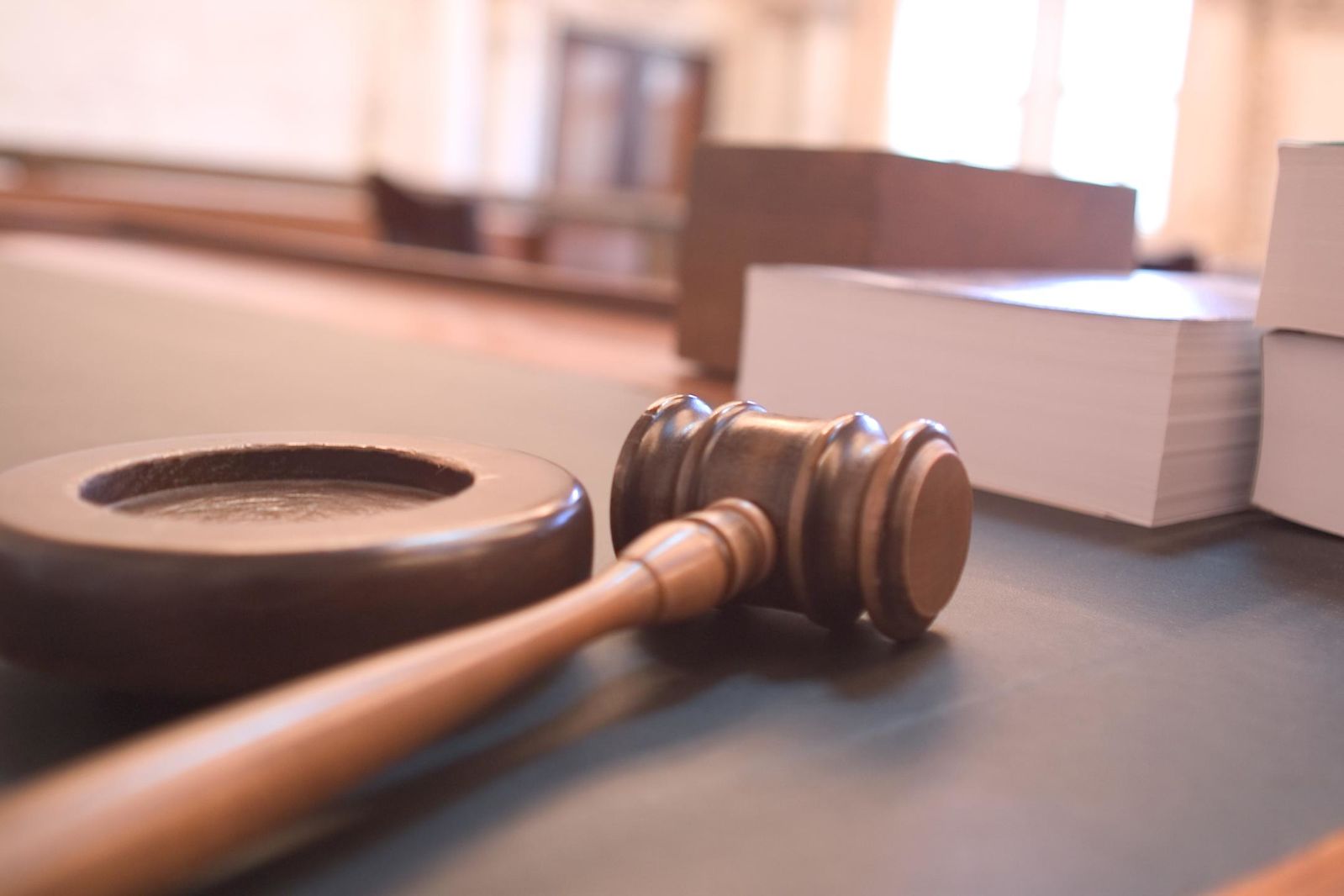Author: Luke Seeley
-
Three Arizona Supreme Court justices seek retention in November

Arizona Supreme Court Justices Robert Brutinel, Andrew W. Gould, and John Lopez IV are all standing for retention election on November 3, 2020. Lopez and Gould were both appointed by current Arizona Governor Doug Ducey (R), while Brutinel was appointed by former Governor Jan Brewer (R). Currently, all seven judges on the court were appointed…
-
State supreme court justices in retention elections have a 98% win rate since 2008

In retention elections, voters are asked whether an incumbent should remain in office for another term. The incumbent does not face an opponent and is removed from the position if a majority vote against retention. State supreme court justices facing retention elections experienced better chances of being re-elected than their incumbent counterparts in other kinds…
-
Two West Virginia Supreme Court of Appeals justices win reelection

Three West Virginia Supreme Court seats were up for nonpartisan election on June 9. The general election for the Supreme Court of Appeals of West Virginia, along with West Virginia’s statewide primary election, was originally scheduled for May 12. Governor Jim Justice (R) postponed the election in response to the coronavirus (COVID-19) pandemic. Two incumbent…
-
Four Mississippi Supreme Court seats up for election in November
Four Mississippi Supreme Court justices are facing non-partisan elections on November 3, 2020. Incumbent Justice T. Kenneth Griffis is opposed by Mississippi Court of Appeals Justice Latrice Westbrooks. Incumbent Justice Josiah Coleman is opposed by Third Chancery District Justice Percy L. Lynchard. Leslie King and Mike Randolph are both running unopposed. Currently, five judges on…
-
One Indiana Supreme Court justice faces a retention election in November
One Indiana Supreme Court justice, Christopher M. Goff, will face a retention election on November 3, 2020. He was appointed in 2017 by Governor Eric Holcomb (R). Currently, every justice on the court was appointed by a Republican governor. The governor appoints the five justices of the supreme court through a hybrid nominating commission where…
-
One South Dakota Supreme Court justice faces a retention election in November
One South Dakota Supreme Court justice, Steven Jensen, will face a retention election on November 3, 2020. He was appointed in 2017 by Governor Dennis Daugaard (R). Currently, every justice on the court was appointed by a Republican governor. The governor appoints the five justices of the supreme court through a hybrid nominating commission where…
-
One Kansas Supreme Court justice faces retention election in November
One Kansas Supreme Court justice, Eric Rosen, will face a retention election on November 3, 2020. He was appointed by a Democratic governor. Currently, two justices on the court were appointed by a Republican governor while four were appointed by a Democratic governor. The governor appoints the seven justices of the supreme court through a…
-
One Missouri Supreme Court justice faces retention election in November
Missouri Supreme Court Justice Patricia Breckenridge will face a retention election on November 3, 2020. She is the only member of the court facing a retention election this year. She was originally appointed by a Republican governor in 2007 and won a retention election in 2008. Currently, two justices on the court were appointed by…
-
Four Iowa Supreme Court justices face a retention election in November
Four Iowa Supreme Court justices will face retention elections on November 3, 2020. The justices facing retention are Susan Christensen, Edward Mansfield, Christopher McDonald, and Thomas Waterman. All four justices were appointed by a Republican governor. Currently, six justices on the court were appointed by a Republican governor while one was appointed by a Democratic…
-
Two Nebraska Supreme Court justices face retention elections in November
Two Nebraska Supreme Court justices, Lindsey Miller-Lerman and Jeffrey Funke will face retention elections on November 3, 2020. Justice Funke was appointed in 2016 by Governor Pete Ricketts (R), while justice Miller-Lerman was appointed in 1998 by Governor Ben Nelson (D). As of September 2019, six Justices on the court were appointed by a Republican…

